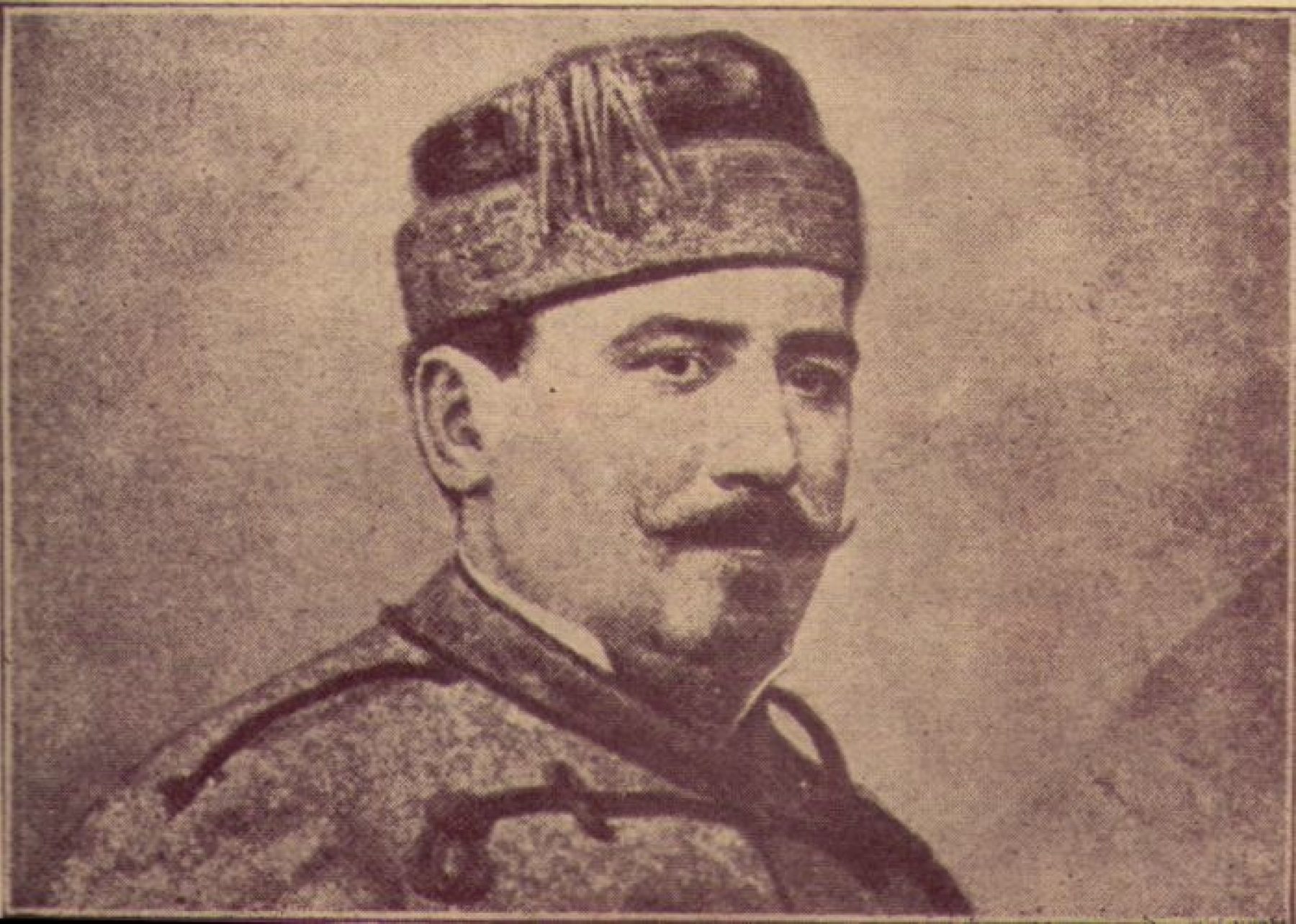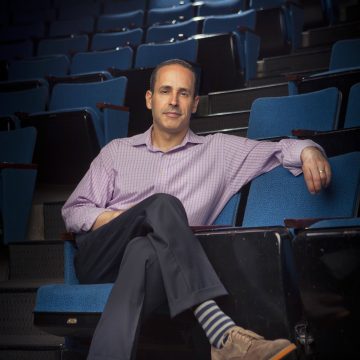
Avrom Goldfaden (1840-1908)
Goldfaden’s Rules for Yiddish Actors
Joel Berkowitz
In 1888, the first school for Yiddish actors was supposed to open in New York. It never did, but the surviving document* that articulates its rationale and rules helps shed light on the state of Yiddish theatre in America at that moment.
The school’s would-be founder, Avrom Goldfaden, was not just any headmaster. Twelve years earlier, in Romania, he had laid the cornerstone for professional Yiddish theatre by establishing a ragtag troupe, creating its repertoire, and simultaneously serving as director, designer, and composer. Yet when he came to America, the “Father of the Yiddish Theatre” failed to repeat the sort of success he enjoyed in the Old Country. Yet, for a brief time, he clearly dreamed of becoming the Father of Yiddish Actor Training as well.

Avrom Goldfaden (1840-1908)
At the school, aimed at the swelling ranks of immigrant Jewish workers on the Lower East Side, students were to pay tuition for courses in acting, singing, instrumental music, and dance. The latter three categories would cost 50 cents a month. For acting lessons, male students would pay three dollars a month, and women $1.50. For every ten paying male students and every five women, Goldfaden planned to offer free tuition to a needy or particularly talented student.
He also planned to establish a working theatre connected to the school, and students would reap a share of the profits, staggered according to different categories of actors and singers (this “share” system was common at the time, and not only in the Yiddish theatre). “Professor” Goldfaden would receive a 10% share. The document suggests that students would come out ahead by this arrangement, for part of the school’s rationale was for participants to “improve [their] material condition.”
At least as important was a spiritual goal: “I decided,” writes Goldfaden, “to found a dramatic school, in which workers would not wander around idly after work, allowing them to be carried away by morally debased passions, [but rather spend their free time] on singing, performing, and other literary and spiritual diversions.”
Let’s note the year again—1888—and the fact that such sentiments were hardly how most people, in that era or earlier ones, would have viewed such activities. For well over two millennia, much of the Western tradition had repeatedly railed against the immorality of plays and performances. Playwrights are liars, wrote Plato. Viewing imitations of reality corrupts the spirit, added St. Augustine. And countless others saw theatres as places where scoundrels, whores, and pickpockets congregated.
Much of the Western tradition is Christian, though; so maybe Judaism was more hospitable to theatre? Hardly. While Christian Europe, starting in the late Middle Ages, saw performances originally connected to church ritual break away to create a rich theatrical universe that no longer felt obliged to reinforce religious teachings, Judaism was doing its level best to make sure theatre didn’t happen at all. It largely succeeded, while allowing for exceptions (within limits) on the saturnalian holiday of Purim. The rest of the time, though, no actresses, and no guys in dresses: hence, almost by definition, no theatre.
Goldfaden did more than any other individual to change that situation, but his plans for a Yiddish conservatory were arguably even more visionary. At around the same time, a clerk for the Paris Gas Utility, André Antoine, was establishing the Théâtre Libre, the mother ship of the art theatre movement that would blossom over the next few decades. In short order came the founding of similar institutions in other major cities: the Freie Bühne and Freie Volksbühne in Berlin, in 1889 and 1890, respectively; London’s Independent Theatre Society, in 1891; and the Moscow Art Theatre in 1897.
Central to all of these companies was the professionalization of the actor, which Goldfaden emphasizes as well: Show up on time. Learn your lines. Stay in character. Treat dress rehearsals like performances. These may sound obvious now, but the fact that similar rules keep popping up during this period, in various languages, suggests that such things needed saying at the time.
It’s tantalizing to imagine what impact a Goldfaden-led conservatory might have had. In its absence, though, the crucible of professional Yiddish theatre produced, in the very first generation of professional Yiddish actors, figures who could hold their own with the great tragedians and comedians of their day, from all corners of the Western theatre world.
*Jacob Shatsky, “Goldfadens a statut far a yidisher dramatisher shul in nyu-york, in 1888,” in Jacob Shatsky, ed., Arkhiv far der geshikhte fun yidishn teater un drame (Vilna: YIVO, 1930), 286-90.
